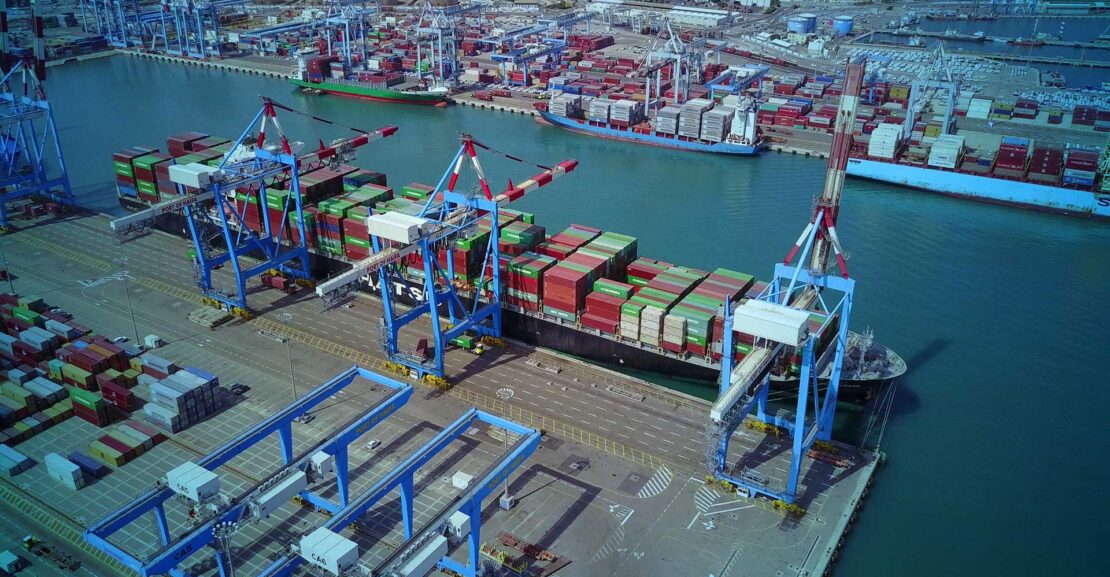The Latest on the Supply Chain Shortage

Since the onset of the global pandemic, there has been a supply chain crisis that continues to escalate. From a shortage of food and household goods to electronics, raw materials, vehicles, repair parts–and the list goes on.
While more people have become aware of supply chain issues since COVID-19 shutdowns began in March 2020, the reality is that many industries dealt with some shortages even before then. For example, lack of certain raw materials and a shortage of truck drivers have been a reality for several years. A few years ago, companies also adopted the “just-in-time inventory system” which saved money but did not account for future needs.
When businesses were forced to close because of the pandemic, consumerism increased to panic buying and lifestyle changes. The shortages encountered mid-year 2021 seemed bad, but it’s not over yet.
What’s Impacting the Supply Chain?
In a Forbes publication, a few experts weighed in stating that the future outcome of supply chain issues will likely depend on several things.
#1 Customer Loyalty and Trust
Needless to say, consumers have become well aware of supply chain issues largely because of being directly affected by it. Besides empty store shelves, customers have experienced firsthand frustrations of back-ordered items. According to research, companies will be wise to go above and beyond in an effort to make it right for customers and maintain their loyalty, which will undoubtedly cause a loss in profits.
#2 Product Demand
It’s predicted that more and more people will not only rely on the convenience of home delivery but there will also be an increased demand for material possessions. Therefore, companies that have yet to get on the technology bandwagon need to do so in order to stay ahead of the competition.
#3 Pricing
In the wake of supply issues, prices seem to be increasing by at least 30%, when products are available. That’s not all, The U.S. International Trade Commission’s 2021 report states that “freight shipping costs have nearly tripled.”
#4 Worker Shortage
Even though most businesses have reopened in recent months, there’s still the impending labor shortage in various industries. Initially, employees were reluctant to return to work because of the large unemployment benefits they were receiving. Yet, when that ended, many workers found new opportunities with better wages and benefits and others started their own businesses.
#5 Increased Fraud
According to security intelligence and analytics company, SAS, fraudulent activity within the supply chain is also on the rise. As companies placed more focus on surviving the pandemic, risk management became less of a priority and as a result there have been reports of counterfeit and low-quality product replacements.
Needless to say, the supply chain crisis will likely be ongoing for a while and is being experienced worldwide. Without a doubt, the pandemic shutdowns proved to be a weak link that caused a very unpleasant domino effect. Still, after almost two years, things have yet to return to normal.
The Future of The Supply Chain
The reality is there are shortages across the board including everything from raw materials, products, and workers. Add to that the increase in consumerism, as more people make money and entertain themselves at home along with the rising prices and the U.S. reliance on global trade where many countries are still experiencing major lockdowns.
In addition to empty store shelves, the record high port backup of cargo ships was yet another indication of a major problem. To put this into perspective, reports indicate that in October 2019, the average number of days from Chinese warehouses to the US took approximately 43 days, but in October 2021 that timeframe increased to 76 days.
Bottom line, there are several contributing factors. So, while in recent months much of the blame was placed on trucking companies due to driver shortages, experts say that simply isn’t the case. So, what’s to come for the supply chain? In truth, only time will tell. As companies continue to face major challenges around the globe, affecting almost every aspect of the supply chain, shortages are expected to continue for a while.
The best thing consumers can do is avoid panic buying, which only worsens the issue, while companies try to sort things out by focusing on the issues they can work to solve, like the efficiency of onshore logistics (i.e. hiring more drivers) and ordering far in advance to try and ward off potential issues. For now, it’s a waiting game, but the good news is that everyone–retailers, companies, and consumers alike–are learning from it.
News U Can Use
Are you interested in more news impacting logistics and the trucking industry? Consider signing up for the Suppose U Drive newsletter to get news and updates delivered right to your inbox

